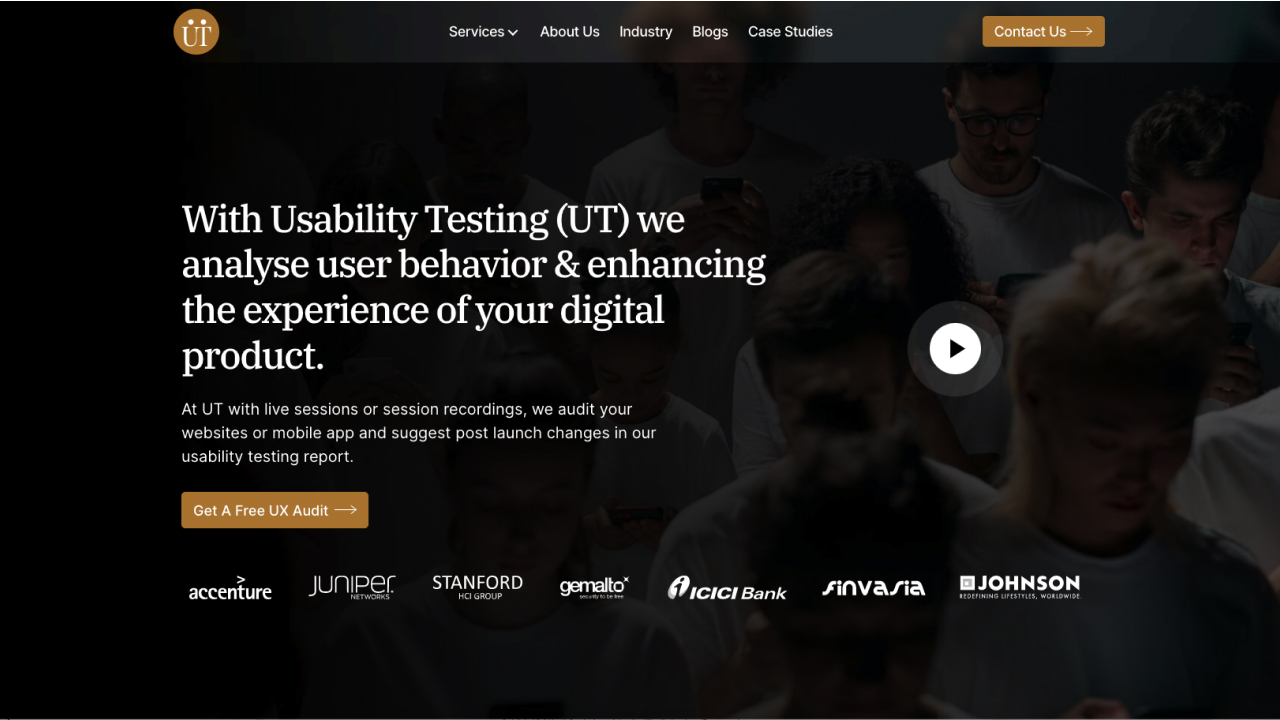Overview
Contextual inquiry is a semi-structured interview method and a type of ethnographic field study to gain an in-depth understanding of work practices and behaviors. Research takes place in the natural environment of users as they carry out their activities normally. The reference could be in their home, office, or anywhere else entirely.
The researcher watches the user as he performs his task and seeks information to understand how and why users do it.
Contextual Inquiry is a direct data gathering method in which the usability analyst shadows an end-user through their day/tasks. Helpful in developing a clear understanding of both the context of tasks and a narrowed environment analysis.
Contextual inquiry is a method about the context of use, where users are asked a set of standard questions and observed while working in their own environment.
There are four principles of contextual inquiry: Focus, Context, Partnership, and Explanation.
Because users are interviewed in their own environment, analysis data is more realistic than laboratory data. Contextual inquiry is based on a set of principles that allow it to be molded into a variety of situations. This technique is commonly used at the beginning of the design process and is good for obtaining rich information about work practices, social, technical, and physical environments, and user equipment.
UIUXshowcase.com — A curated home for designers and makers. No noise. Just the best tools, resources, and inspiration, all in one place.





